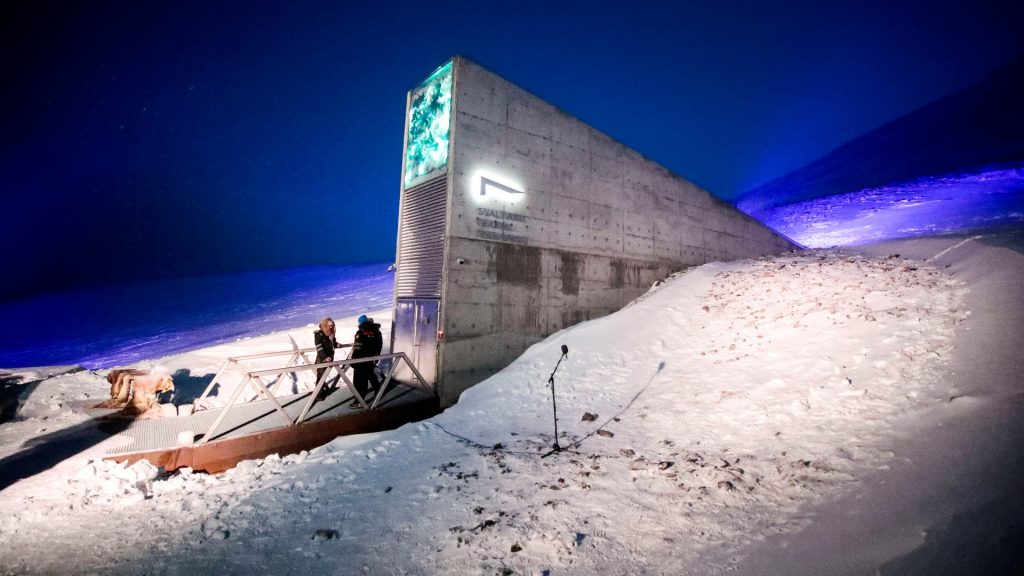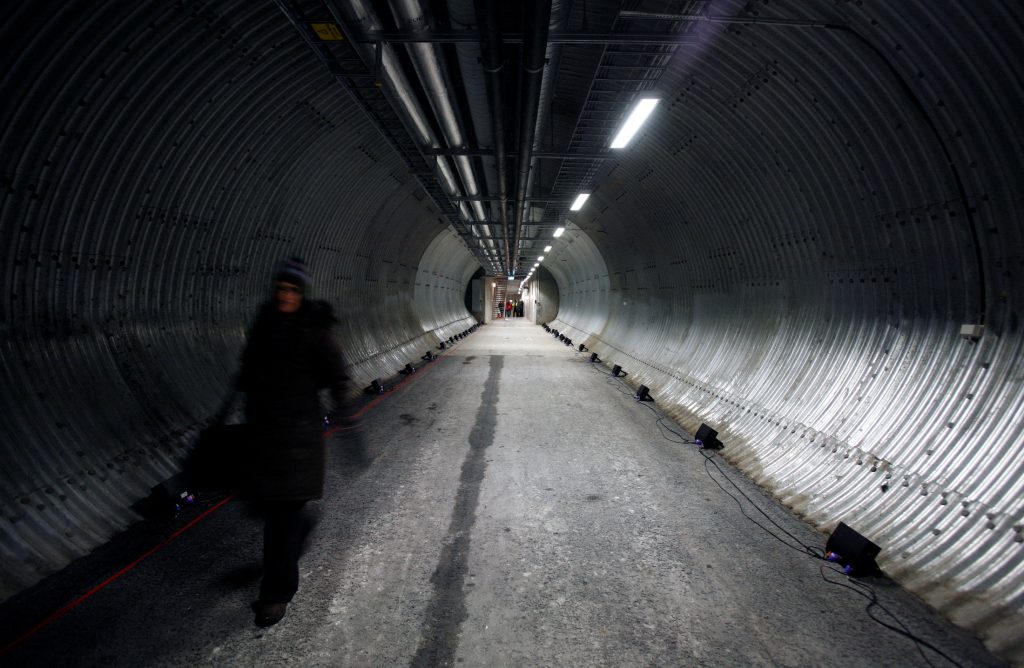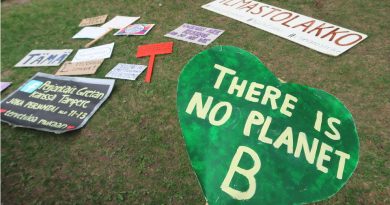New rare varieties added to Svalbard Global Seed Vault

Deep within Svalbard’s permafrost, 10 gene banks from around the world are set to deposit their seeds into the Global Seed Vault on Monday, including one from the first organization that made a withdrawal from the facility.
The deposit will include seeds of crop species that were not previously represented in the vault, some of which are particularly rare. This is the case of wheat samples from the Leibniz Institute for Plant Genetics and Crop Research (IPK), Germany, collected in the Austrian Alpine region in the 1920s – one of the oldest collections in the gene bank.
Gene banks from Australia, Germany, Morocco, New Zealand, the Nordic countries, Romania, Slovakia, Sudan and Uganda will store a total of over 20,000 seeds as backups to their own collections.
The largest deposit, of 6,336 seed samples, will be made by the International Center for Agricultural Research in the Dry Areas (ICARDA), which had to relocate its headquarters from Aleppo to Beirut in 2012 because of the war in Syria.
They were the first to withdraw seeds from the Global Seed Vault in 2015 to replace a war-damaged collection. ICARDA also made two more withdrawals in 2017 and 2019 to rebuild their own collections, now held in Lebanon and Morocco, Reuters reports.
“The ICARDA story demonstrates perfectly the role and function of the Seed Vault,” said Norway’s Minister of International Development, Anne Beathe Tvinnereim. “By safeguarding duplicates of these invaluable collections, the Seed Vault offers an insurance policy for our common future.”

Built in the depths of Spitsbergen’s permafrost, the Global Seed Vault houses more than 1.1 million seed samples of nearly 6,000 plant species from 89 seed banks globally at a permanent temperature of zero degrees Fahrenheit (about -17 degrees Celsius). Such cold is enough to keep the seed samples safe for at least 200 years, even without backup power.
The so-called Doomsday Vault is a kind of backup plan for agriculture, in case a disaster makes parts of the planet unlivable or if the world were to suffer a catastrophe, such as a nuclear war or extreme climate change. It also serves as a backup for plant breeders to develop new crop varieties.
The island of Spitsbergen is part of Svalbard, a Norwegian archipelago situated approximately 1,300 kilometres from the North Pole. The Treaty of Paris, signed by 43 nations, including the United States, Russia and China, made it a demilitarized zone in 1920.
Its unique location and geopolitical and climatic stability make it a suitable place for long-term safe storage. However, with global warming, permafrost is increasingly melting throughout the Arctic, including in the Svalbard Archipelago. The Global Seed Vault, for example, already had to be repaired after meltwater breached the entrance tunnel to the vault.
Related stories from around the North:
Arctic: Blog: Thawing permafrost: Arctic future on shaky ground bodes ill for the global climate, Irene Quaile
Canada: 30–50% of critical northern infrastructure could be at high risk by 2050 due to warming, says study, Eye on the Arctic
Greenland: Oldest Arctic sea ice vanishes twice as fast as rest of region, study shows, Eye on the Arctic
Norway: Svalbard’s new visitor centre to showcase content from ‘Doomsday’ vaults, Eye on the Arctic
Russia: City in Arctic Russia cooling ground to preserve buildings on thawing permafrost, The Independent Barents Observer
United States: Bering Sea ice at lowest extent in at least 5,500 years, study says, Alaska Public Media



